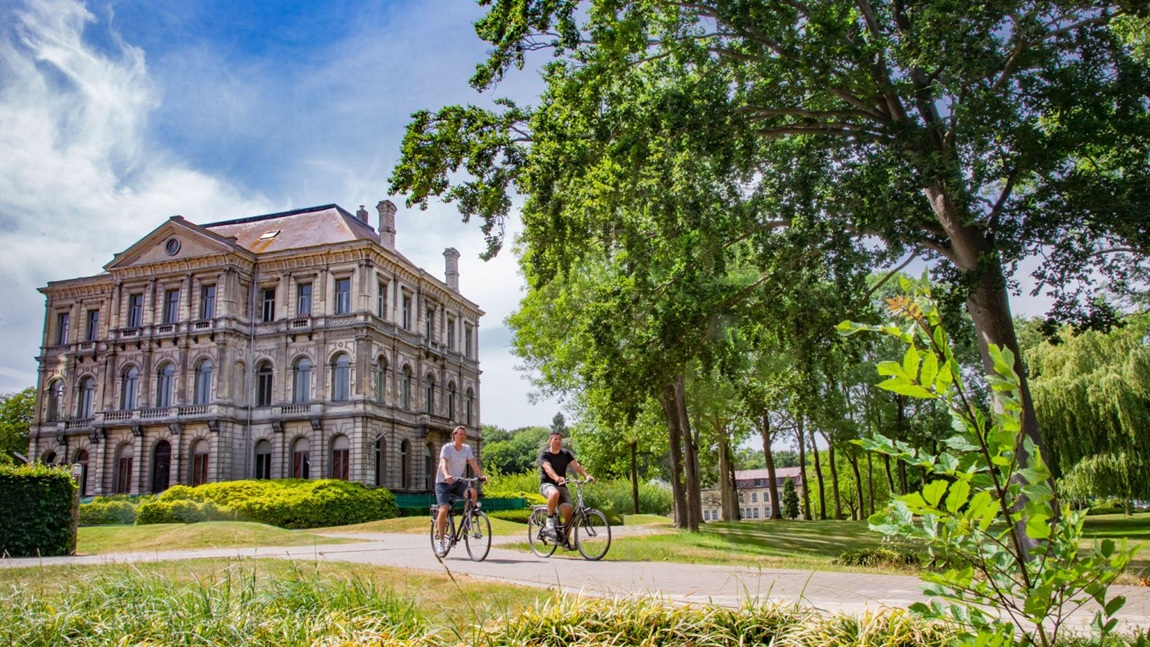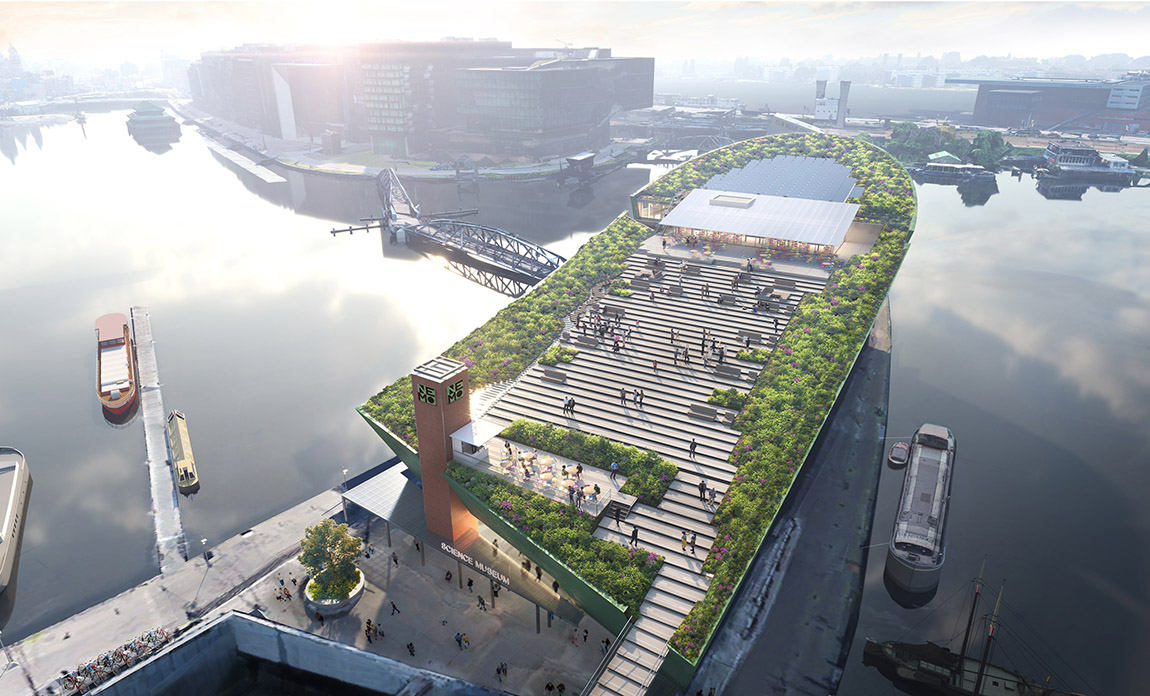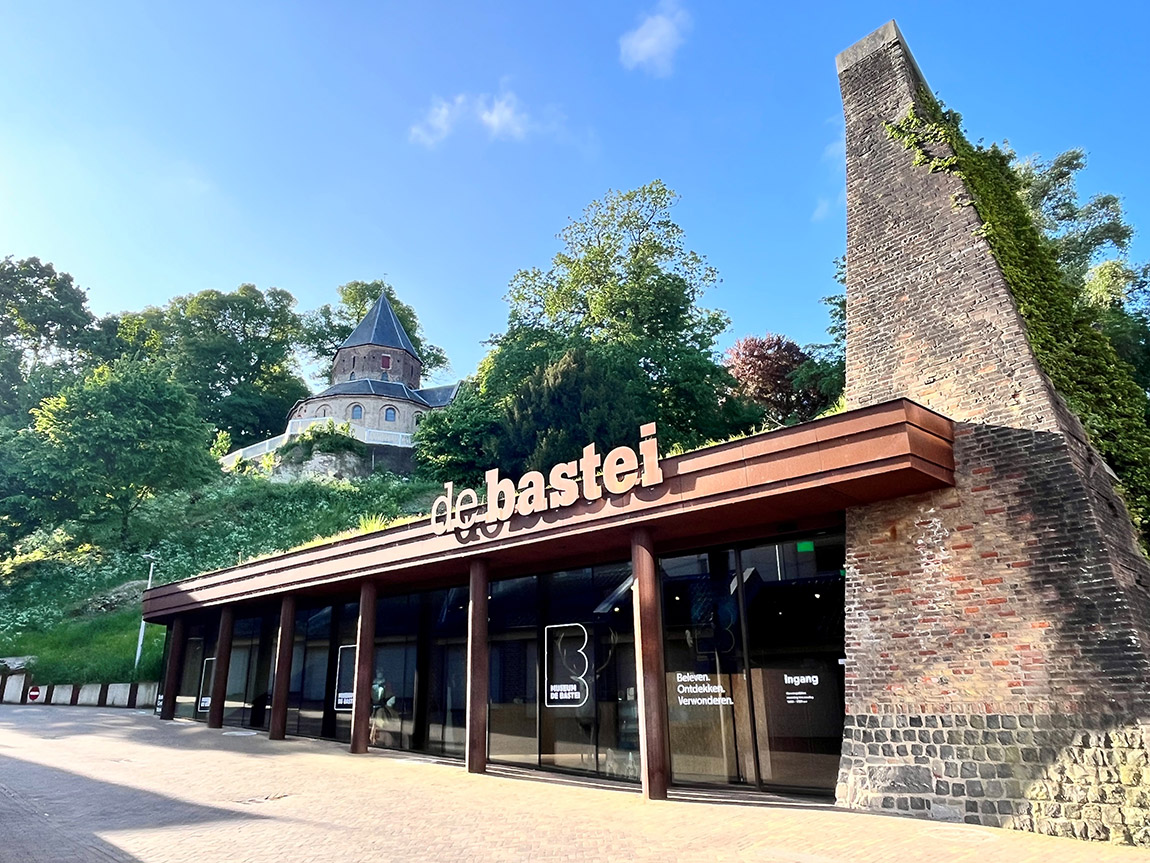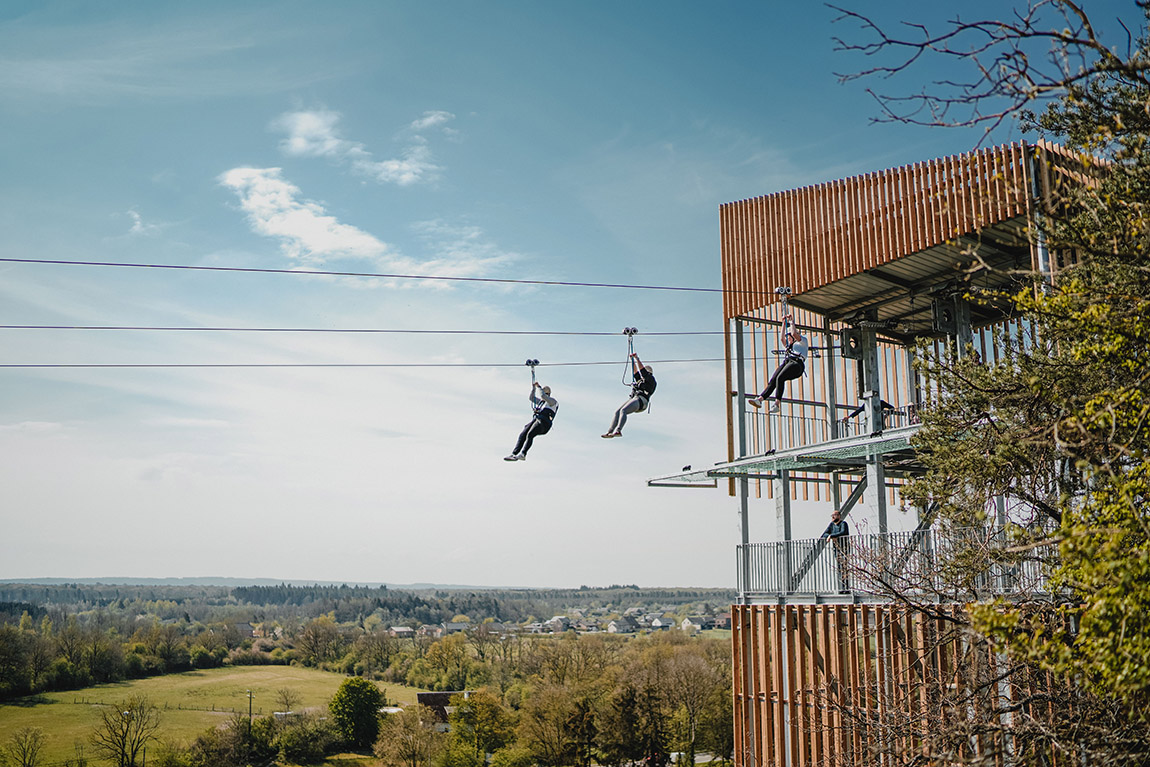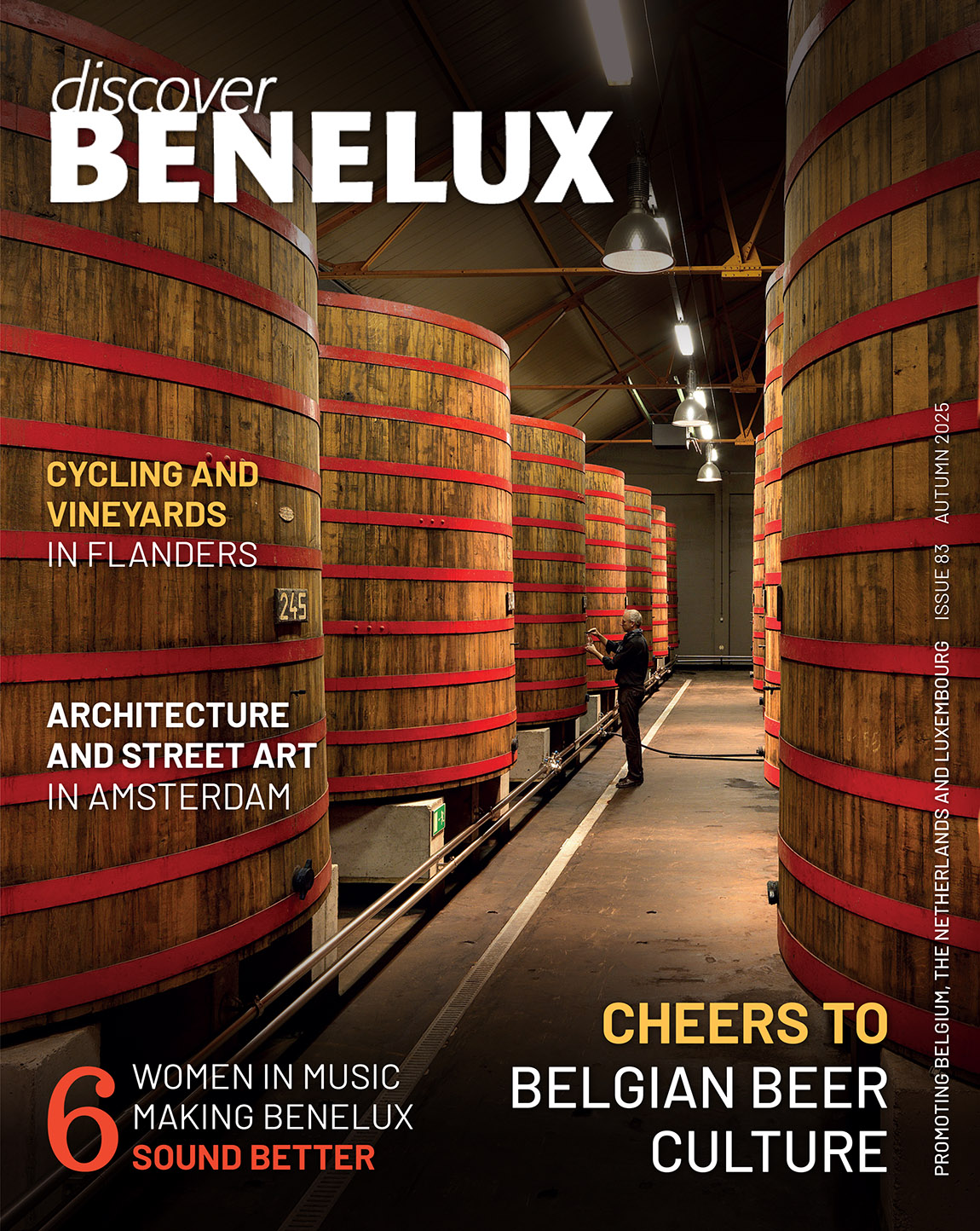Unique cinema experience at Royal Theater Tuschinski
TEXT: DANA MARIN | PHOTOS: ROYAL THEATER TUSCHINSKI
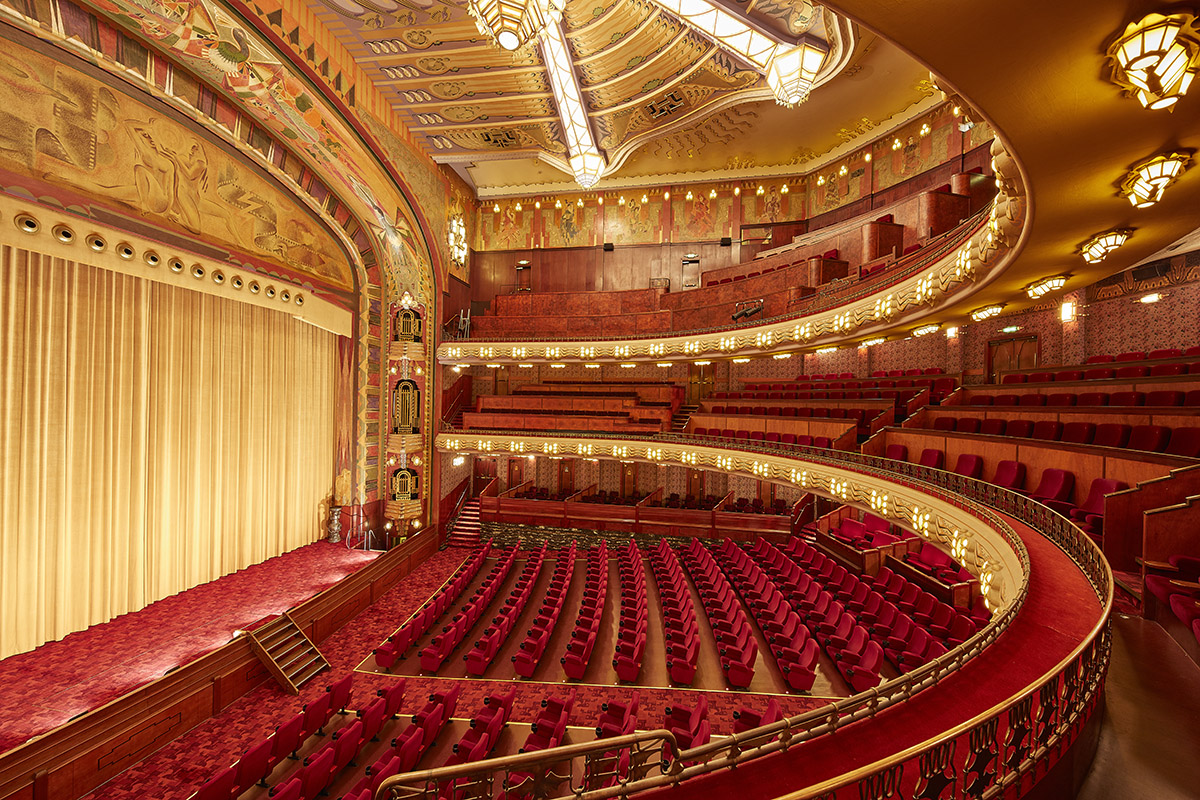
Feeling like a royal at the cinema. Photo: Royal Theater Tuschinski
A visit to Royal Theater Tuschinski in Amsterdam is guaranteed to be an unforgettable experience. Regarded as one of the most beautiful and luxurious cinemas in Europe, this theatre stands as a testament to the power of dreaming big. All it took was a man, a vision and a lot of determination.
In the busy centre of Amsterdam, close to Rembrandtplein, on a street where pedestrians compete with the trams for supremacy and shop windows blink with kitschy lights, stands a towering structure reminiscent of a cathedral. Tilt your head to gaze upwards, and it will take your breath away. This is not your typical gingerbread house in Amsterdam! This extraordinary building, with its twin towers and intricately adorned facade, houses a renowned cinema. Royal Theater Tuschinski (or Pathé Tuschinki, as it is also called since joining the Pathé chain) is a national monument offering an unparalleled cinema experience.
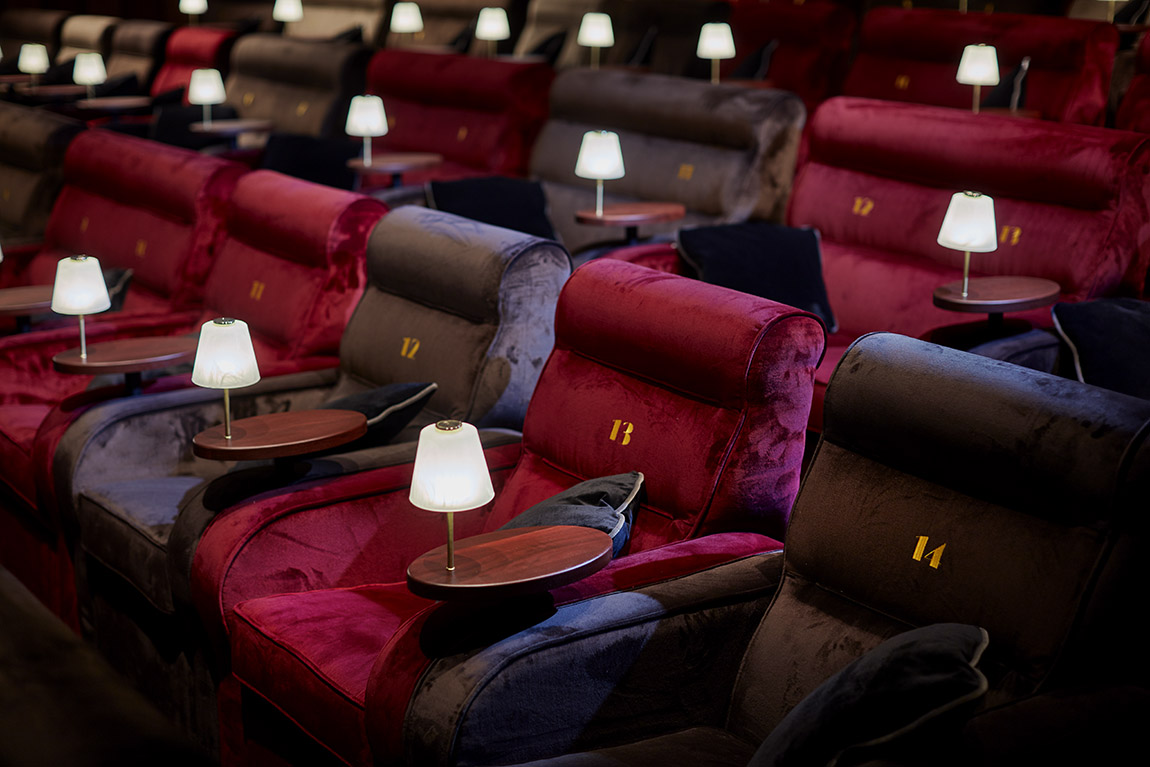
Paying attention to details.
The dream
Like many wonderful things in this world, it all began with a dream. Abraham Icek Tuschinski was a Polish immigrant who, trying to make his way to the United States, settled in Rotterdam instead (which served as the gateway to America in 1904 when Abraham arrived there). After his arrival in the Netherlands, Abraham worked as a tailor while also assisting Polish immigrants in Rotterdam. However, his true passion lay in the world of film. Tuschinki’s dream was to make the cinema experience special and build more luxurious places for people to enjoy movies. He started small by opening one cinema in Rotterdam, but soon, together with his brothers-in-law, he developed a small cinema empire. The dream grew bigger, and Abraham set his sights on creating the pinnacle of his life’s work: an opulent theatre in Amsterdam.
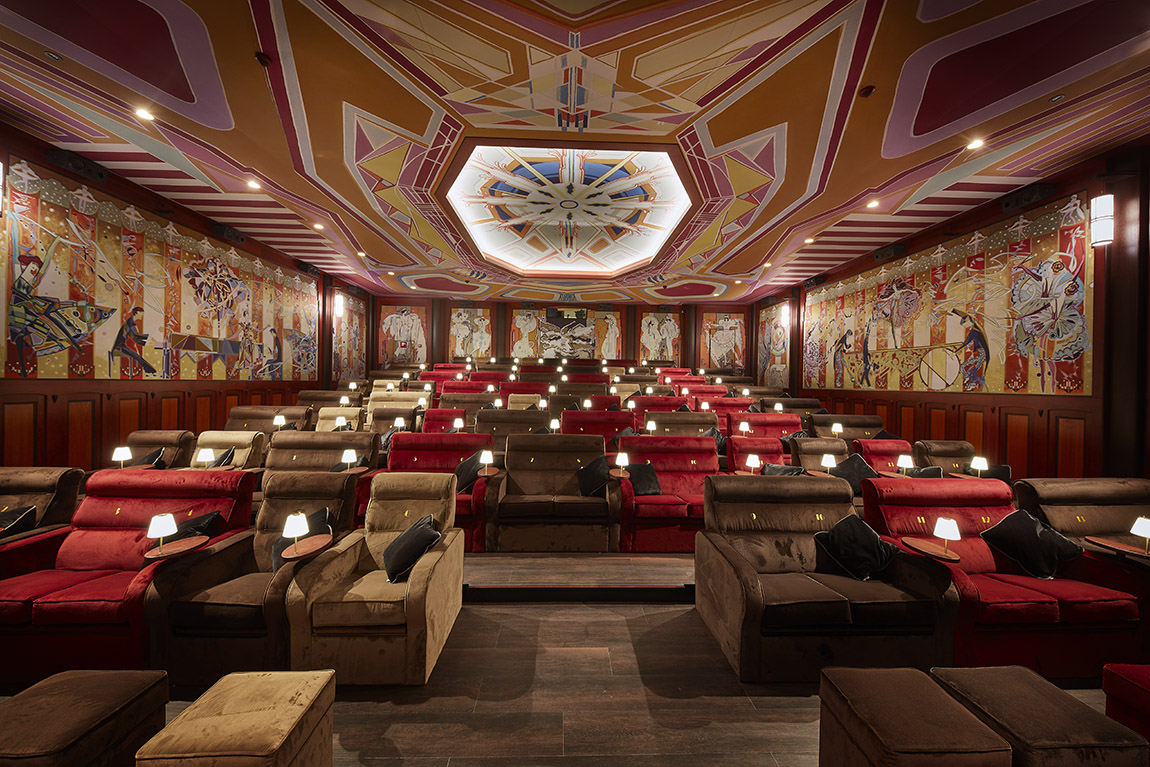
The love seats auditorium.
The story of Royal Theater Tuschinski started with the acquisition of a piece of land in a dilapidated slum area known as Duvelshoek, near the Munt. Tuschinski’s vision was to transform the place into “an oasis of luxury and pleasure, accessible to everyone,” as Henk Van Gelder wrote in his biography of Abraham Tuschinski.
Tuschinki hired architect Hijman Louis de Jong to design the theatre. This resulted in a building with a mix of styles, including Amsterdam School, Jugendstil and Art Deco. The interior was decorated with extraordinary attention to detail. The walls were covered in paintings by Pieter den Besten or carved wood and mosaic. Silk-shaded lamps in the form of caterpillars and butterfly pupae illuminated the space, while a sumptuous carpet with beautiful patterns covered the entire foyer.
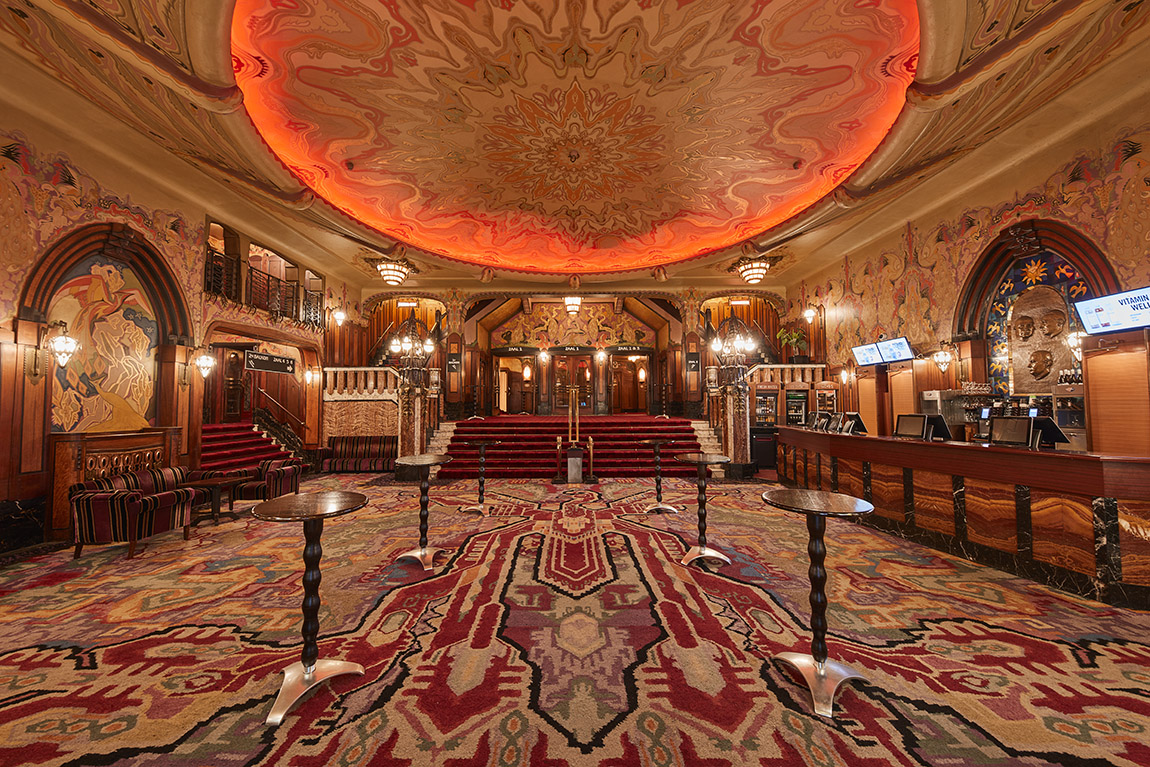
The spectacular downstairs foyer.
The cinema also had a stage and an orchestra pit, a Wurlitzer organ, and featured a cabaret. The building was special, not only because of its design, but also because of the technical innovations: it was one of the first to have a heating and cooling installation.
The theatre’s opening in 1921 received praise but also criticism. While some considered the building to be of poor taste, the prevailing opinion was that it was a jewel, an amazing theatre where everyone – including the working class – could have a luxury experience for a reasonable price.
World War II brought tough times for the Tuschinki family. The Rotterdam bombings in 1940 destroyed four of their theatres, and a fire ravaged two halls of the Amsterdam theatre in 1941. Soon, the Amsterdam cinema was taken over by the German occupation. As a Jewish man, Abraham Tuschinski faced persecution and was sent to Auschwitz, where he died in 1942.
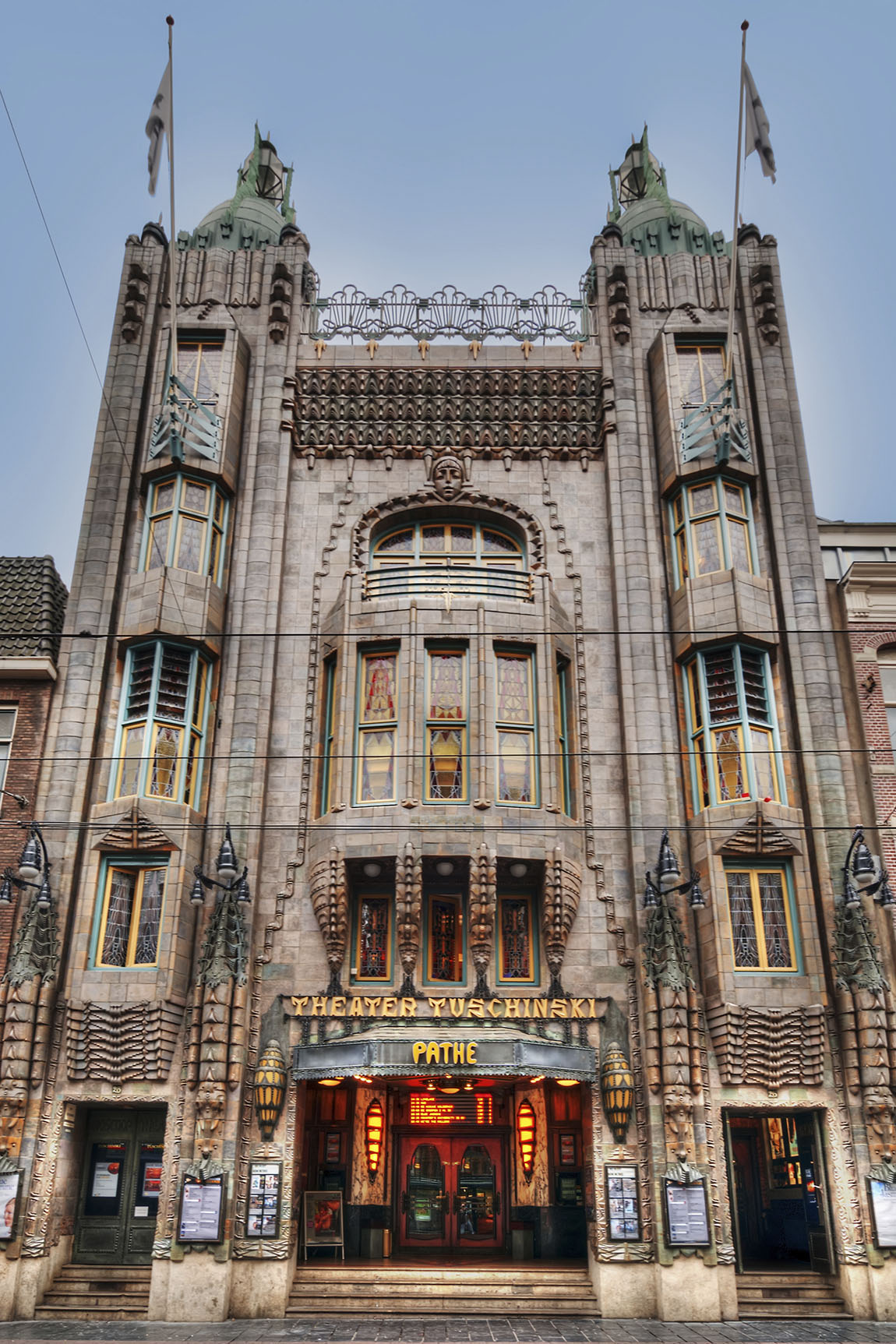
Royal Theater Tuschinski’s impressive facade.
The symbol
Fortunately, Abraham Tuschinki’s legacy survived. After the war, the cinema reclaimed its original name, and a plaque was installed to honour its founders. Between 1998 and 2002, the theatre underwent extensive restoration, but it was only in 2020 when the building was brought closer to its original splendour with another round of restoration. A modern cocktail bar was added, offering visitors the chance to enjoy film-inspired tipples. For its 100th anniversary in 2021, the theatre was granted the title ‘Royal’.
Nowadays, Royal Theater Tuschinski stands as the symbol of the Dutch film industry, hosting numerous movie premiers throughout the years (including the famous movies Turkish Delight and Soldaat van Oranje).
Anyone can enjoy this royal cinema experience, as Abraham Tuschinki intended when he dreamed of building this special place. With only a cinema ticket, you can immerse yourself in the grandeur and feel like a royal while walking along the painted corridors adorned with decorations, stepping onto the plush red carpet and sitting in the luxurious red seats. Before entering the movie universe of your choice, you will first be transported to the world Tuschinki had envisioned more than a century ago, creating the perfect blend of past and present.
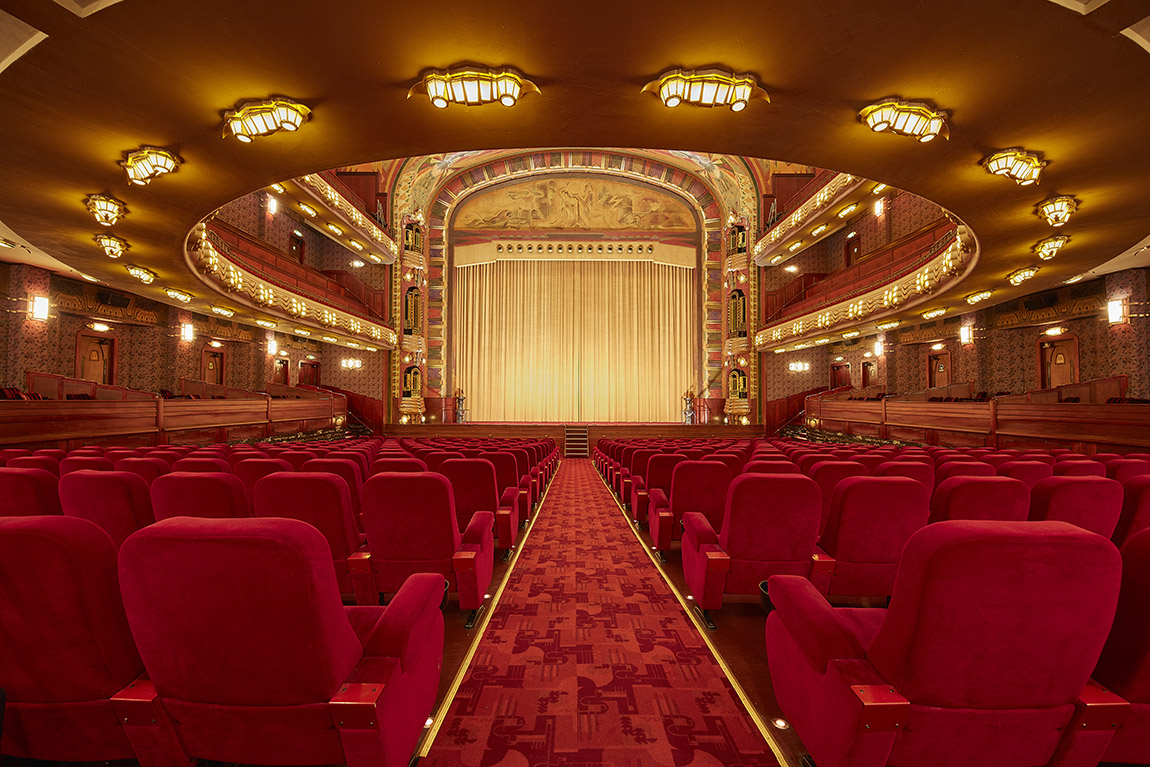
An extraordinary cinema experience.
Subscribe to Our Newsletter
Receive our monthly newsletter by email

